It has been an incredibly busy summer, and I plan to make a post toward the end of August to discuss all the creative research, client work, and other happenings in my personal life. One of the bigger activities I’ve engaged in over the past few summers is teaching ART 375: Bookmaking and Narratives during our June 5-week session. Despite being only 5 weeks long, this is a 3-credit hour course, which means it meets every day of the week for a 4-hour time period to fulfill accreditation contact hour requirements.
Given the condensed nature of the course, students are tasked with completing a project in just over a week. In a traditional semester, students have the luxury of working on their projects over several weeks, often utilizing nights and weekends to perfect their work. They typically have multiple weekends to refine and complete a single project. However, in this truncated 5-week session, the timeline is significantly compressed. This means that students must be focused and efficient with their time to meet the course requirements. As a result, when I teach this course, my expectations (which are usually unreachable) are typically more measured. This is because I to understand the challenges of the tight schedule and adjust my expectations to ensure that students can still achieve a high level of creativity and craftsmanship within the limited timeframe without the burden my expectations may normally create. The pace of the course also creates a learning environment where students are pushed to conceptualize quickly, so that they can focus on the craft and creation of this new medium as an artform.
Even though the course is truncated, I still try to cover all of the methods and techniques that are taught in a full semester. The techniques that I cover in the course include:
- Perfect Binding
- Accordion
- 8 Page Fold
- 16 Page Fold
- Pamphlet Stitch
- Composition/Running Stitch
- Stab Binding
- Long Stitch
- Coptic Stitch
Bolded techniques are utilized for major projects.
In a traditional graphic design course, students are given a detailed brief that consists of demographic information, client constraints, and desires. However, given that this is a studio art course, I like to leave a lot more room for artistic expression. Therefore, students are only given a prompt to go along with the type of binding required for the project.
Project 1 of the course is a found/refurbished book project. This project calls for the rescue and dissection of a book from an antique or junk store and refurbishing some of its parts into a perfect bound sketchbook. I typically get a lot of blowback for this project because some believe students are “destroying” books. But I assure you, nearly all of the books my students choose would most likely be either destroyed or end up in a landfill. This project teaches students some of the basic anatomy and principles of a book form. I rarely document these projects due to many of the parts not being handmade by students.
Project 2 is a stab binding project. This year the prompt for this project was “memory or nostalgia.”
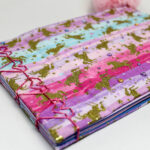
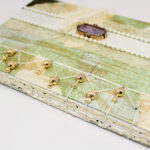
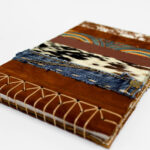
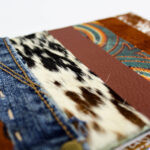

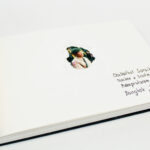
Project 3 is a long stitch project which requires a closing mechanism with the prompt of “secrets.”
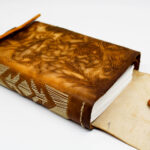




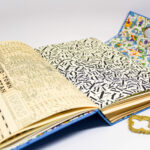
Project 4 is the final project of the course and introduces the coptic binding technique. This project is a diptych project and calls for students to use the book form as a way of communicating/expressing either complimenting or opposing relationships.
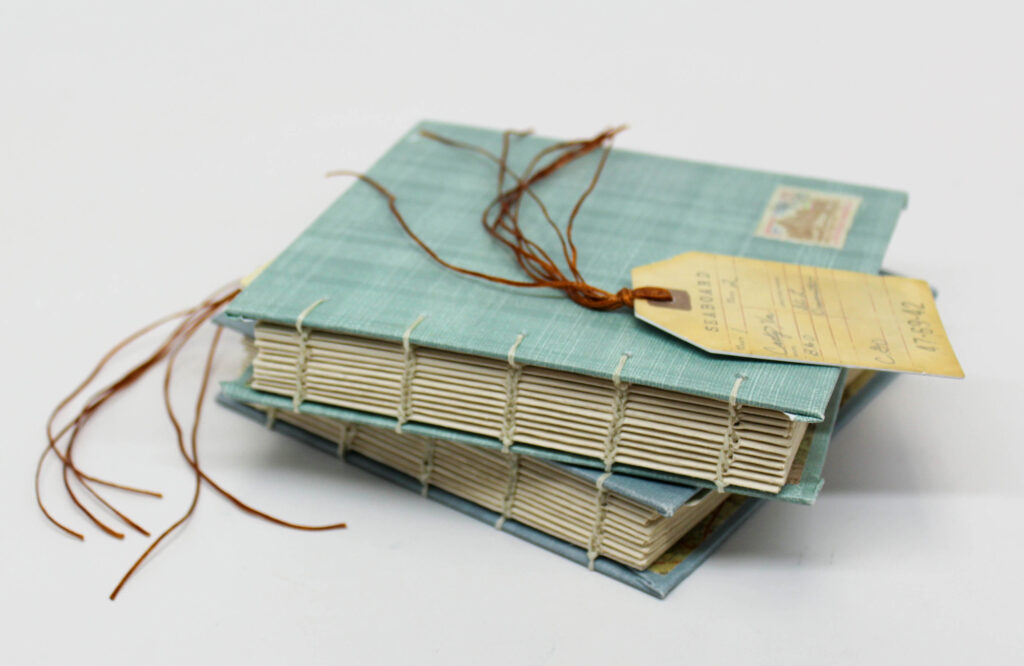

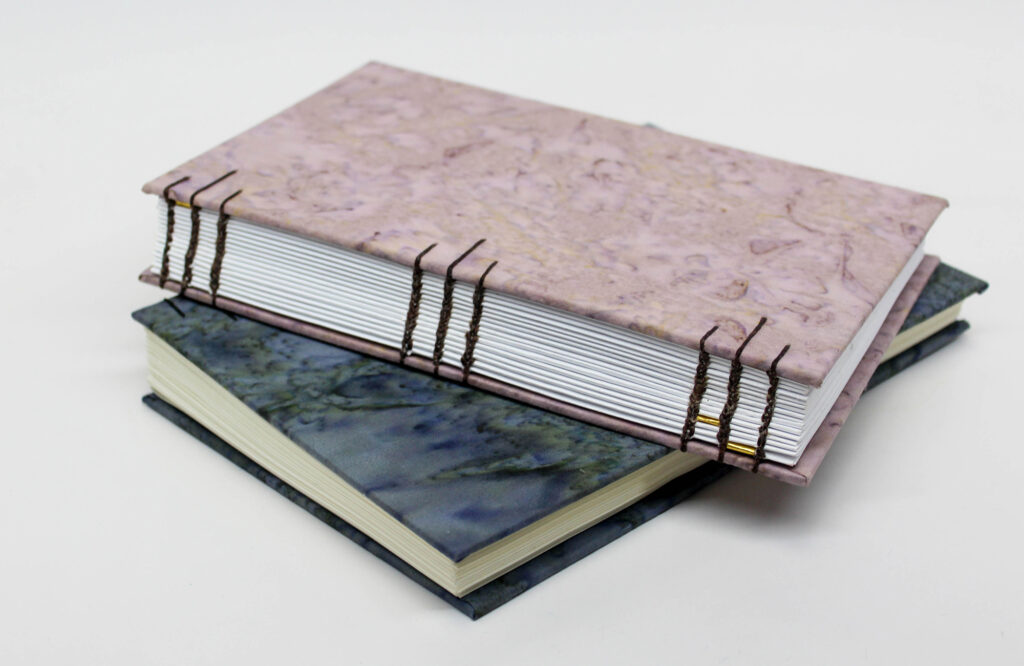
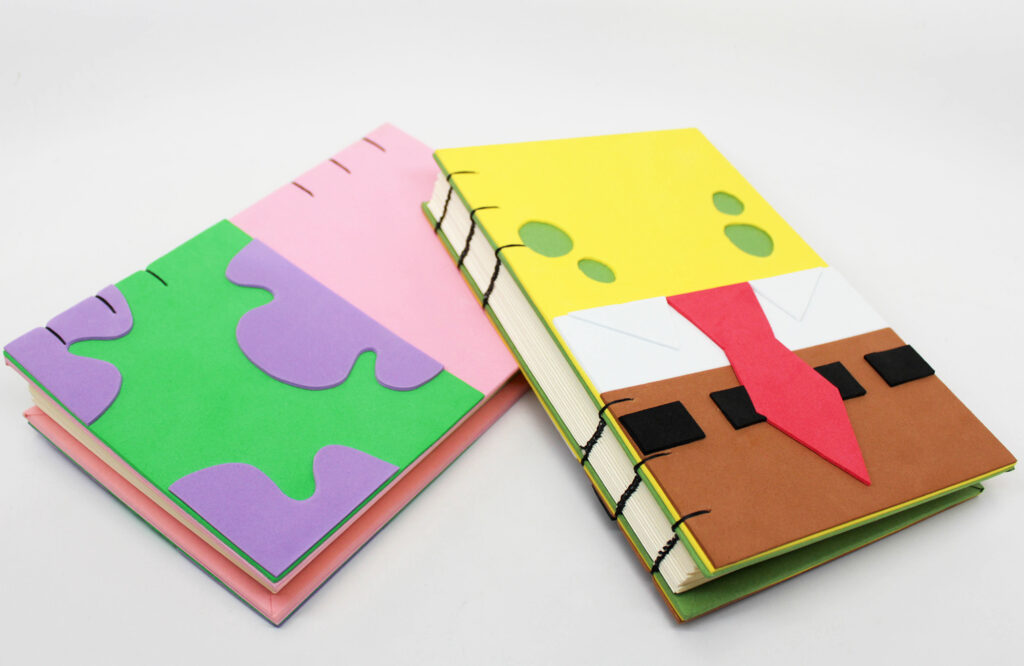
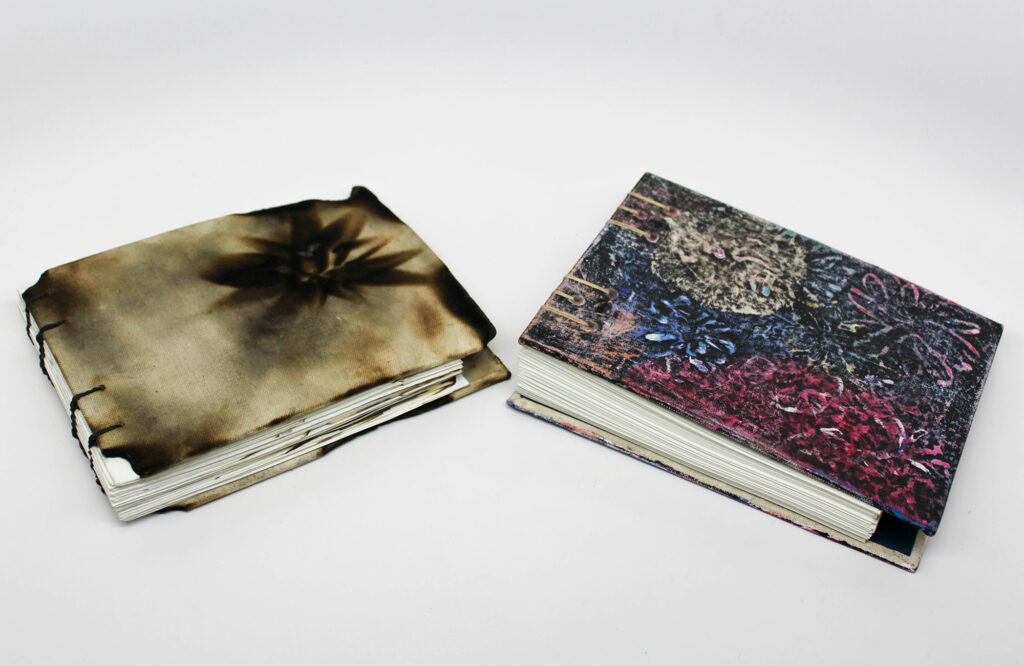
Now that I’ve taught this course for a couple of summers I thought I would share some more of this work by creating a separate page which can be found here or by going to my student portfolio and looking under art electives.
For me, this course is a welcome reprieve from teaching design courses. Now, before any of you start thinking that I don’t enjoy teaching my design courses, think again. Engaging in something different, like bookmaking and narratives, is a refreshing change that enhances my overall teaching experience and helps me grow as an educator while also allowing me to engage with students outside of the graphic design program.




